By Exfreight
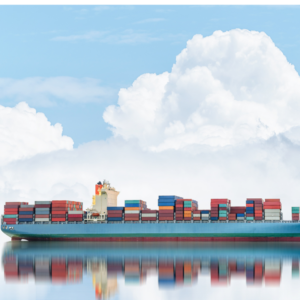 In recent months, you’ve probably noticed a steep rise in ocean freight rates. Whether you’re in logistics, shipping, or simply curious about global trade, this surge has left many people wondering what’s behind it.
In recent months, you’ve probably noticed a steep rise in ocean freight rates. Whether you’re in logistics, shipping, or simply curious about global trade, this surge has left many people wondering what’s behind it.
The Basics: What is Ocean Freight?
Before we get into the details of why ocean freight rates are on the rise, let’s first understand what ocean freight is.
Ocean freight refers to the transportation of goods by sea, typically using large cargo ships. It’s one of the most cost-effective methods for shipping goods internationally, especially for large volumes. However, the cost of ocean freight doesn’t stay the same. It fluctuates depending on a number of market conditions and external factors.
Port Congestion
One of the main reasons for the hike in ocean freight rates is ongoing port congestion. With rising demand and not enough space at major ports, ships are being delayed and containers are sitting idle for longer periods. This congestion impacts the flow of goods and raises the cost of shipping.
How Does Port Congestion Affect Rates?
When ports become congested, delays increase, leading to ships having to wait to unload or pick up goods. These delays make it more expensive to ship goods as companies are forced to either pay extra to secure space on vessels or experience long wait times.
2. Container Shortages
Another issue contributing to rising freight rates is the shortage of shipping containers. At many ports, there aren’t enough containers to meet the growing demand, leading to a tight supply and high prices for available containers.
Why Are Containers in Short Supply?
The shortage is primarily driven by the impact of global shipping disruptions. As the demand for goods fluctuates, containers are often stuck in the wrong locations, or ships are rerouted due to unforeseen disruptions like the pandemic and geopolitical tensions. This results in fewer containers available for shipping, which drives up rates.
3. Longer Red Sea Transit Routes
The Red Sea has been a crucial shipping route, but recent geopolitical tensions and security concerns have led to ships avoiding this route. Ships are now being rerouted around Africa, which increases travel time and fuel costs. The result? Higher shipping prices.
How Much Does a Longer Route Cost?
Rerouting around Africa adds 11,000 nautical miles to a trip. This extra travel time increases fuel consumption, which costs around $1 million more per voyage. This additional cost is passed onto shippers, pushing up freight rates.
4. Increased Fuel Costs
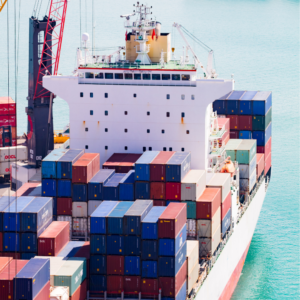
What Can Shippers Do About Rising Fuel Prices?
Unfortunately, shippers have little control over fuel costs. However, they can work with logistics providers to explore more fuel-efficient routes, optimize shipping schedules, and find ways to reduce overall transportation expenses.
5. Inflation and General Rate Increases (GRIs)
General Rate Increases, or GRIs, are pricing hikes implemented by shipping carriers to adjust to market conditions. These increases are usually set by ocean carriers and have become a common way to keep up with inflationary pressures. So when rates increase, it often reflects a GRI.
What Are GRIs and How Do They Affect Freight Rates?
GRIs are implemented periodically by shipping companies. These increases help carriers maintain profitability when other costs, like fuel or port fees, rise. As a result, GRIs directly affect the final price you pay for ocean freight.
How Can Businesses Manage Rising Ocean Freight Rates?
1. Plan Shipments in Advance
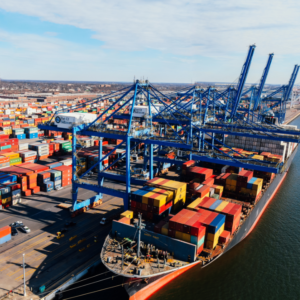
2. Diversify Shipping Routes
If possible, consider diversifying shipping routes. Rerouting shipments to avoid congested ports or high-demand lanes can save you money. It’s essential to stay updated on global shipping trends to identify alternative routes.
3. Partner with a Trusted Freight Forwarder
Working with an experienced freight forwarder like Exfreight can help you navigate these price fluctuations. We have deep insights into market trends and can help you find the most cost-effective solutions to ensure your goods get where they need to be.
FAQs About Ocean Freight Rates
1. Why are ocean freight rates so high?
Ocean freight rates are high due to a combination of factors including port congestion, container shortages, longer transit routes, and increased fuel costs. Additionally, GRIs by ocean carriers and geopolitical disruptions also contribute to the rising costs.
2. When will ocean freight rates drop?
It’s hard to say when ocean freight rates will drop, as many of the factors driving up prices, such as geopolitical tensions and container shortages, are ongoing. It’s possible that rates may start to ease after the peak shipping season, but we might not see significant drops until 2025.
3. Can I lock in a lower rate for future shipments?
Yes, booking your shipments in advance is one way to secure better rates before they increase. By locking in prices early, you can avoid potential surges in freight costs.
4. What can I do to reduce shipping costs?
To reduce shipping costs, consider optimizing your shipping strategy. This could include choosing more efficient shipping routes, consolidating shipments, or working with a freight forwarder to identify cost-saving opportunities.
5. What is a General Rate Increase (GRI)?
A General Rate Increase is a price hike imposed by ocean carriers to account for rising operational costs, such as fuel or port fees. GRIs are a standard part of the shipping industry and often lead to higher freight rates.
Exfreight: Your Trusted Partner in Shipping
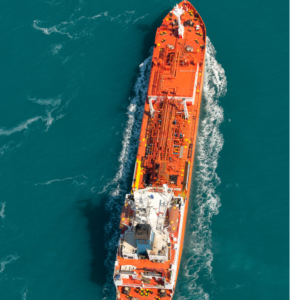
FAQs About Exfreight
1. What services does Exfreight offer?
Exfreight offers a range of logistics services including ocean freight, air freight, customs clearance, warehousing, and freight forwarding. We help businesses manage their entire supply chain efficiently.
2. How can I get a quote from Exfreight?
Getting a quote from Exfreight is easy! Simply reach out to our team via our website or contact us directly. We’ll provide a tailored quote based on your shipping needs and help you understand how to save on transportation costs.
3. Can Exfreight help me with port congestion issues?
Yes, Exfreight’s experienced team can assist with finding alternative ports, optimizing shipping schedules, and navigating congestion issues to ensure your goods are delivered on time.
By understanding the factors behind rising ocean freight rates and working with trusted partners like Exfreight, you can better manage costs and stay ahead of supply chain disruptions. Stay proactive, plan ahead, and always look for opportunities to improve your logistics strategy. Safe shippin.


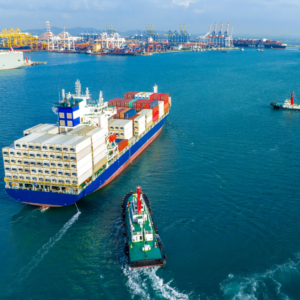
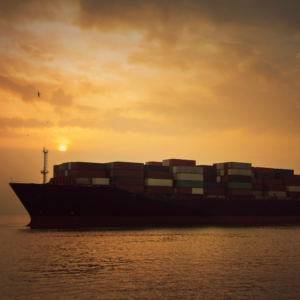
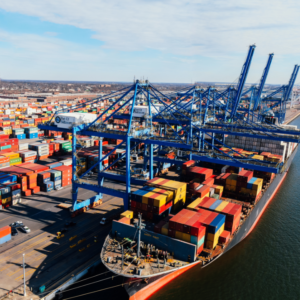

Leave A Comment
You must be logged in to post a comment.